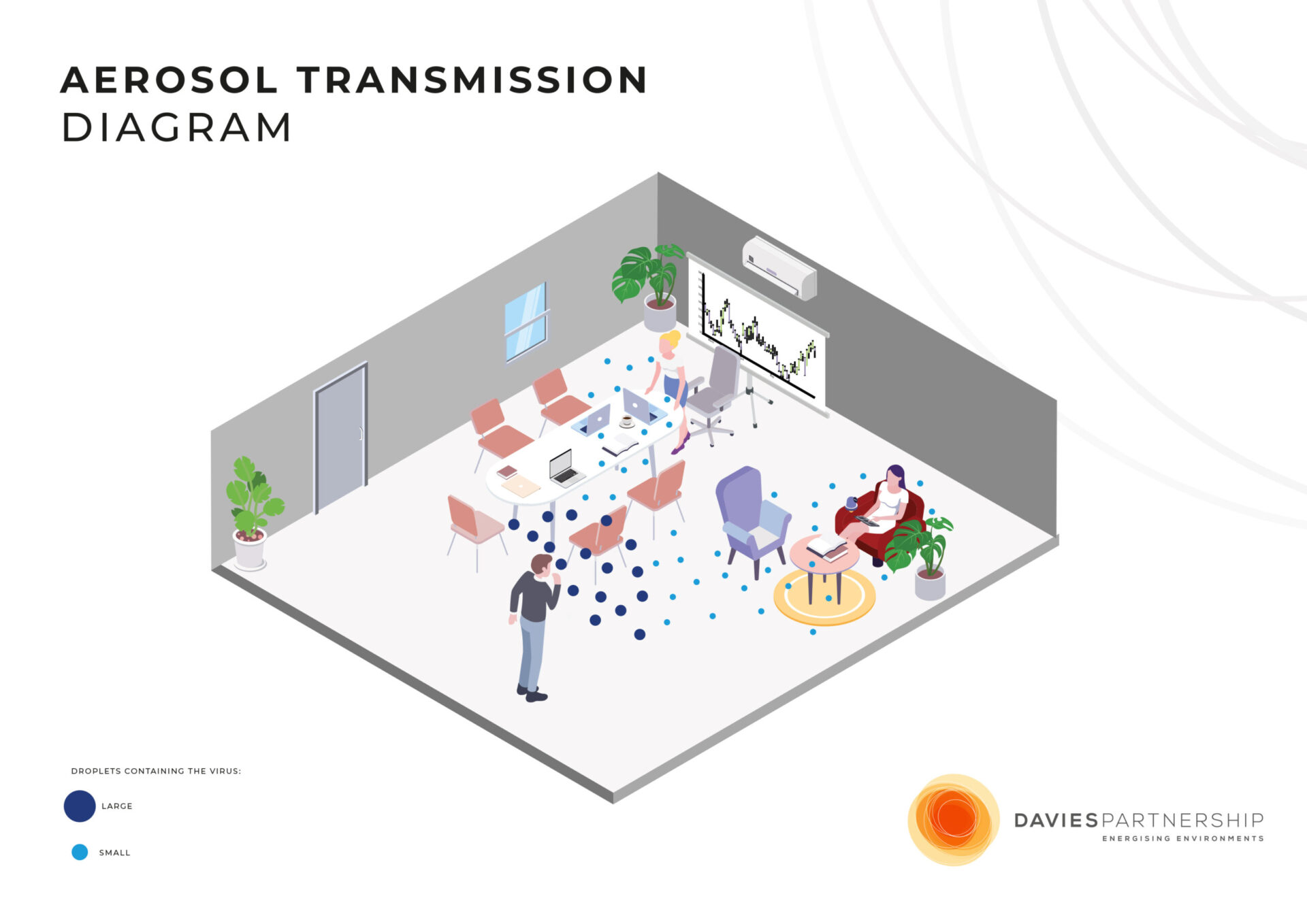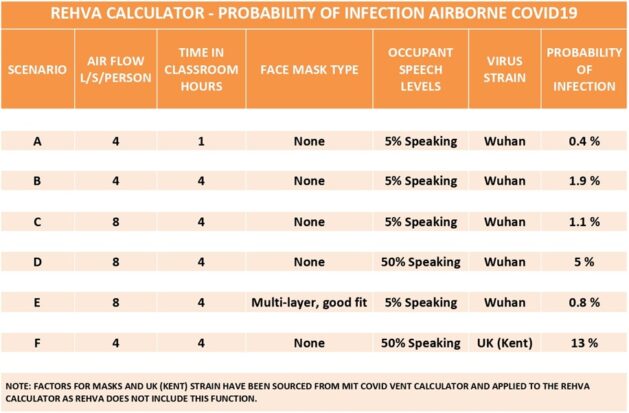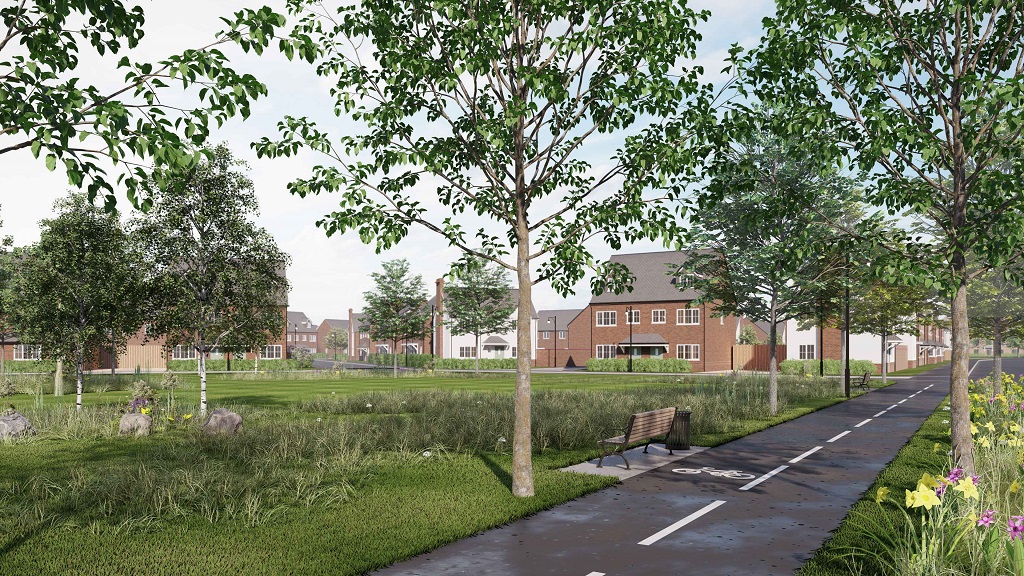Commentary
COMMENT | Unlocking the UK through safe ventilation
 As the UK prepares to unlock from the effects of Covid-19, writes Richard Lewis of Davies Partnership, what can be done to ensure we return in the safest way possible?
As the UK prepares to unlock from the effects of Covid-19, writes Richard Lewis of Davies Partnership, what can be done to ensure we return in the safest way possible?
When the Government initially published Covid-19 guidance for workplaces and construction sites, guidance focussed on near-field (less than 2m) and contact-based transmission. Little was mentioned with regards to far-field (greater than 2m) aerosol transmission in the early days of the pandemic.
From an early stage it became apparent that the World Health Organisation was reluctant to acknowledge advice from aerosol scientists who were warning about the risk of far-field airborne aerosol transmission. Flaws in the WHO understanding of aerosol particle size and its ability to travel distances greater than 2m were cited by the aerosol scientific community.
On 6 July 2020, two leading aerosol scientists, supported by an international group of 237 related specialisms, published a commentary in the journal, Clinical Infectious Diseases, that urged the authorities to acknowledge the potential for airborne transmission. Since then, the evidence of far-field transmission has steadily grown, and it is now widely recognised as a significant cause of infection.
Concerned about the return of our team from lockdown to our offices, Davies Partnership developed a Covid-19 ventilation risk assessment product. An embedded natural ventilation calculator is used to calculate air flow rates through windows, and we invested in air flow measuring equipment for mechanical ventilation systems. This enabled us to reconfigure our offices to minimise far-field Covid-19 risk.
Shortly after we were approached by a client who needed advice on how to assess the adequacy of their ventilation systems to help them provide a safe return for their workforce. We are now working with numerous clients to deliver Covid-19 Air Ventilation Audits and help their businesses prepare for unlocking during 2021.
As a father of two school-age children, my thoughts recently shifted to the return of pupils to the classroom. There remains a question as to whether school classrooms are Covid-19 ‘super spreader’ environments. Current UK guidance from SAGE and the HSE is to prioritise improvements where room carbon dioxide levels are greater than 1,500 parts per million, indicating poor ventilation, and where fresh air rates are less than five litres persecond per person.
Since 1997, School classroom design regulations have required ventilation systems to be capable of supplying eight litres of fresh air per second, per person. Reduced ventilation rates are often encountered during colder weather when windows are closed or automated ventilation systems are turned down to maintain classroom temperature.

The Federation of European Heating, Ventilation & Air Conditioning Associations has published an online calculator for assessing airborne Covid-19 risk for different space types including classrooms. The following table gives results for a typical classroom under varying ventilation rates and other variables, based on one Covid-19 infected occupant.
Points of note from the above results:
- Reducing pupil duration in the classroom with gaps between to purge classroom air will prevent the build-up of Covid-19. Transmission risk is very low for one-hour long lessons (scenario A compared to B)
- Well-ventilated classrooms are key to transmission risk reduction (scenario C,D,E)
- The amount of speech occurring within the classroom has a significant impact on transmission risk (scenario D,F)
- Multi-layer fabric masks can significantly reduce the quanta of Covid-19 exhaled and transmission risk (scenario E)
- A combination of factors including poor ventilation, long duration in the classroom, no mask and noisy children will significantly increase transmission risk
Research is ongoing into airborne Covid-19 transmission and the REHVA calculation tool recognises this and is caveated in numerous places. It ignores near-field and contact transmission which would increase the transmission risks stated above.
There are key steps businesses and education settings should be considering, as the UK unlocks, to ensure workplace ventilation systems are operating effectively, reducing the risk of Covid-19 transmission via aerosol particles. This includes understanding the type of system installed, ensuring it is maintained and operating correctly and delivering the required air flow rate.
- Richard Lewis is technical and quality director at Davies Partnership
The Davies Partnership Covid-19 Ventilation Risk Assessment reviews all of the above parameters and presents the conclusions in a concise, room by room report.
If you would like more information, please contact Richard Lewis at richard.lewis@daviespartnership.co.uk. 






Interesting piece. Care must be taken to ensure that interventions to improve ventilation don’t result in a noisier environment, the issue being that teachers/staff/students will be required to raise their voices to communicate. It is well documented that raising your voice/shouting increases transmission rates significantly.
An alternative approach would be to reduce noise levels, a recent study found that a 6 decibel reduction in average vocalization intensity yields a reduction in aerosol transmission probability equivalent to doubling the room ventilation rate.
To put that into perspective, opening a window may well increase noise levels by 15 decibels. If, as a result of increasing ventilation rates (opening windows, higher flow rates through mechanical systems) teachers/staff/students have to raise their voices or shout to be heard, the associated increase in aerosol transmission probability may negate any benefits of increasing ventilation rates. Indeed, it may actually worsen the situation if noise isn’t given due consideration.
By Lewis Stonehouse | Hydrock